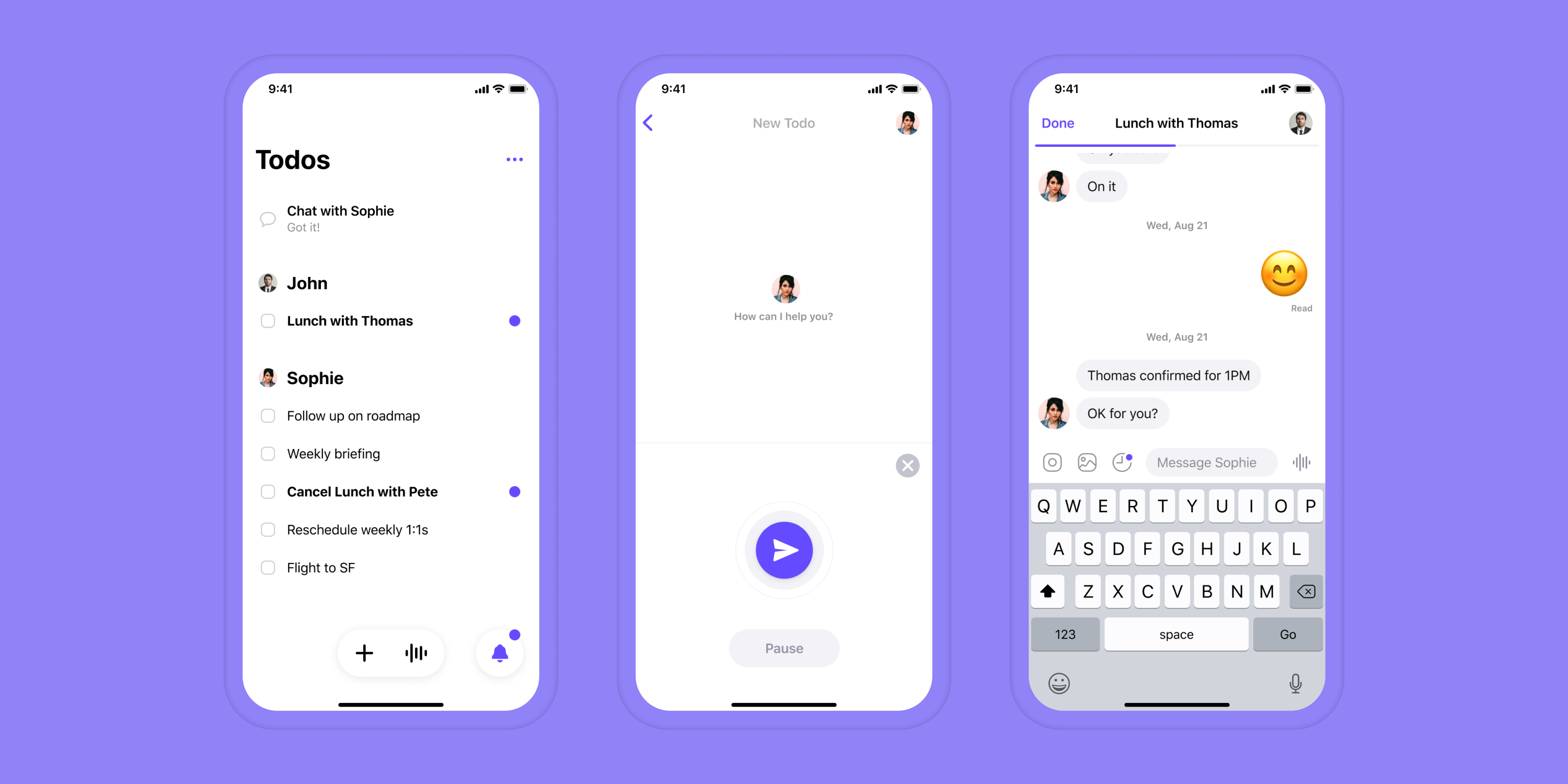Apple has under development a feature that would allow iOS users to interact with a third-party app, even if the app wasn’t yet installed on your device, according to a report from 9to5Mac. The report is based on information discovered in the iOS 14 code, which is not necessarily an indication of launch plans on Apple’s part — but rather an insight into some of Apple’s work in progress.
The feature is referenced internally as the “Clips” API — not to be confused with Apple’s video editing app of the same name. Based on 9to5Mac’s analysis, the new API works in conjunction with the QR Code reader, allowing a user to scan a code linked to an app, then interact with that app from a card that appears on their screen.
Described like this, the feature sounds like a marketing tool for app publishers, as it would offer a way for users to try out new apps before they download them to get a better feel for the experience than a banner ad would allow. In addition to offering some interactivity with an app before it’s downloaded, the card could also be used to redirect users to the App Store if they choose to download the full version. The card could also be used to open the app directly to the content, in the case of apps the user already had installed.
Google’s Android, the report noted, offers a similar feature called “Slices,” launched in 2018. While Google had already introduced a way to interact with small pieces of an app in an experience called Instant Apps, the newer Slices feature was meant to drive usage of apps — like booking a ride or hotel room, for example, without having to first locate the app and launch it. On iOS, perhaps, these app “clips” could be pulled up by Siri or in Spotlight search — but that functionality wasn’t demonstrated by the code the report referenced today.
It’s unclear what Apple’s intentions are with the Clips API or how experimental its efforts are at this time.
However, the report found the feature was being tested with OpenTable, Yelp, DoorDash, Sony (the PS4 Second Screen app) and YouTube. This could indicate a plan to demo examples of the app’s functionality in a future reveal to developers.
from Android – TechCrunch https://ift.tt/2Xofi6U
via IFTTT
